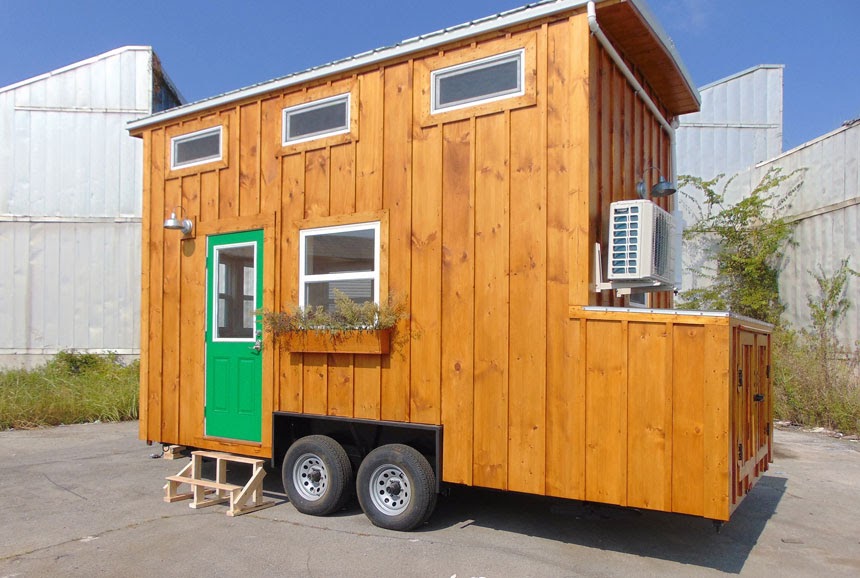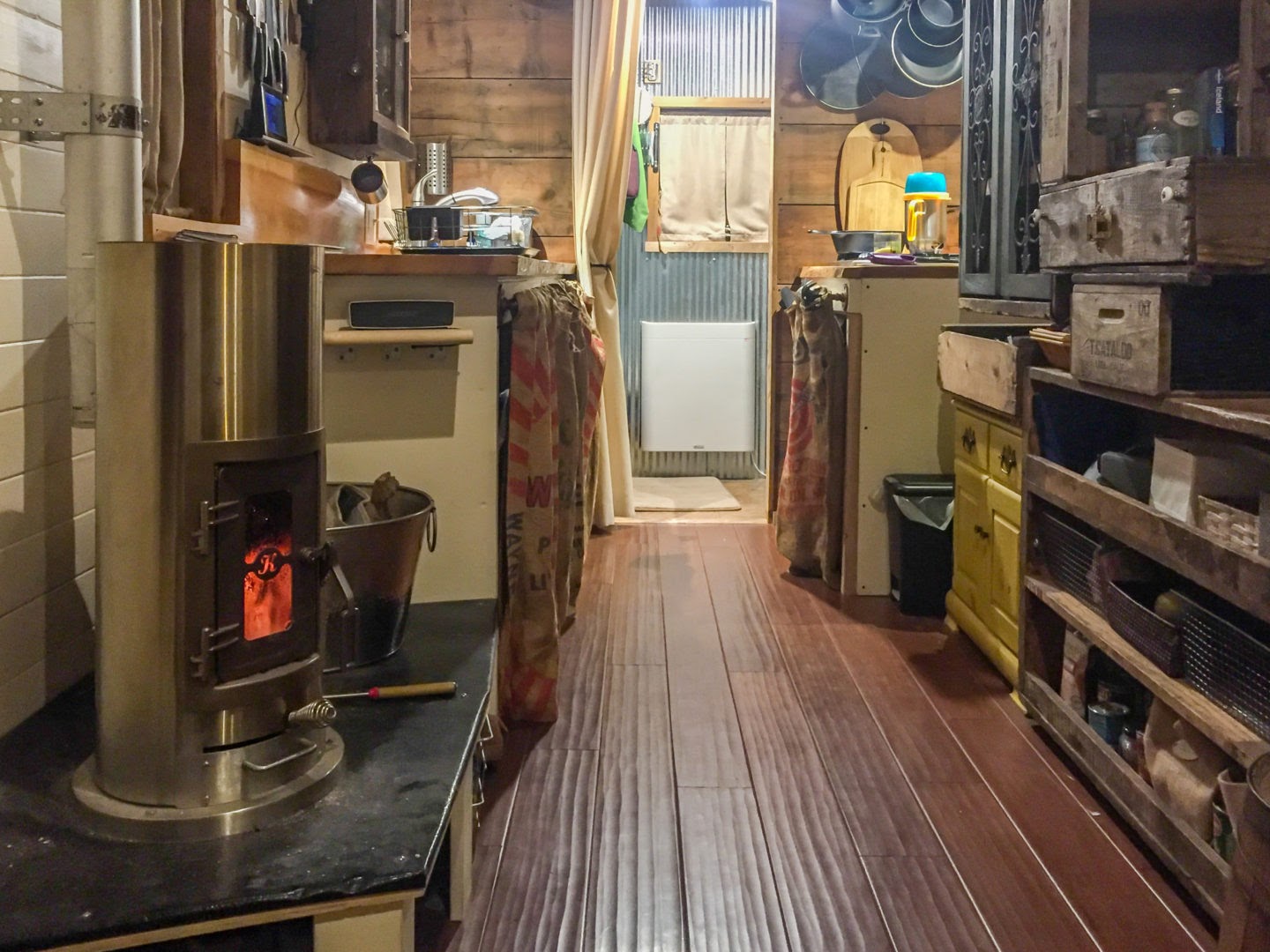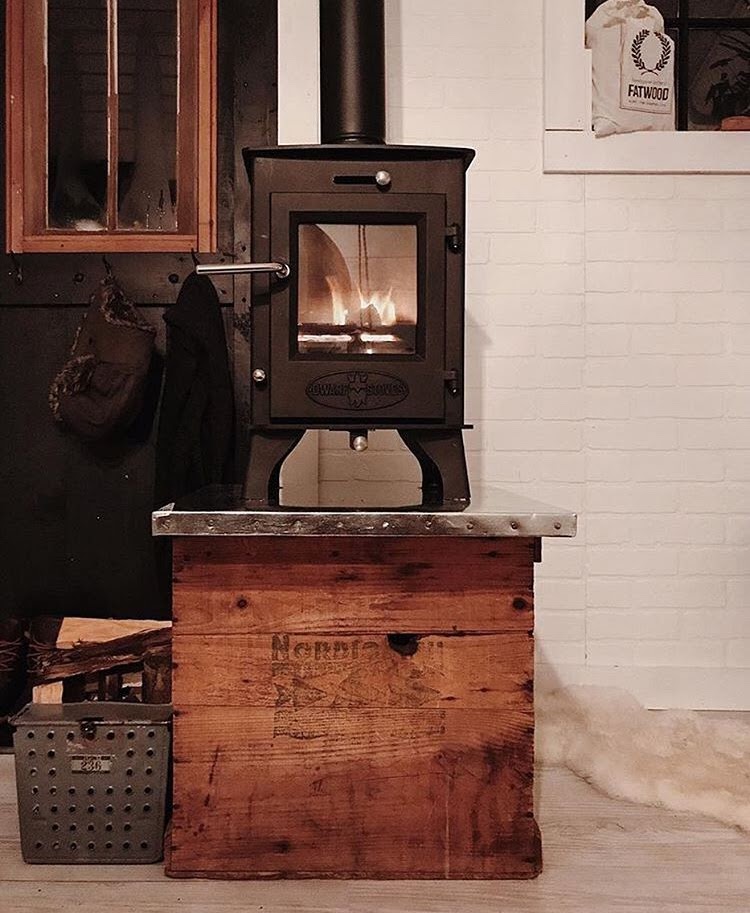05 Mar Different Ways to Heat a Tiny House
It doesn’t take much to heat a tiny house. As tiny houses have gained in popularity, small stoves have come onto the market and mini heaters are now heating tiny houses rather than single rooms. When choosing to live in a tiny house, decisions like what type of heat source you may want takes a great deal of consideration. The climate you intend to live in is number one, and how you envision operating your heat is also very important. Tiny houses have the ability to function off-grid, which is a factor to consider if you’re running off solar. Additionally, your heating unit can cross over and create a cozy ambiance like a wood stove or gas fireplace does. We all know we love when tiny house items have multiple functions!
There are numerous ways to heat a tiny house and some that are very creative. These all depend on what types of winter climates you’re working with, so it’s common to double up on heat sources when faced with low temperatures.
Mini-Split Heating and Cooling Systems
Ductless mini-splits are a fantastic way to have heat and AC that’s thermostatically controlled. They don’t take up much interior space, but do require that the outdoor compressor unit be placed outside. Often these go on the tongue of the trailer or another spot intended for it. One mini-split is often enough to keep a tiny house comfortable, and since they are electric, they definitely consume a considerable amount of energy. These are not a good choice for living off-grid or when you want your house to have low-energy consumption.

Electric Space or Wall Heaters
Convection wall mounted heaters are a great electric heat source option, which are fairly discrete and efficient. They use less energy and some are thermostatically controlled. Depending on the size of the house and climate, one or two should do the trick.

Wood Stove
Small wood stoves have been a DIY favorite because of the allure of having a fire, and they seriously heat up a small space quickly. They require more space, which could be allocated to something else in your home, but if building a fire, stoking it, and having temperature fluctuations sounds okay to you, then there are several small wood stoves that are perfect for tiny homes. If your tiny house is built tight, like most are, it’s important to crack a window or have a fresh air intake open when the wood stove is burning and consuming oxygen. Since a wood stove can’t be left running unattended, having a backup convection heater is a nice option when you’re gone. Wood heat is also a dry heat source, which can help with the common high humidity levels in a tiny house.

Propane Heater

Sorry, the comment form is closed at this time.